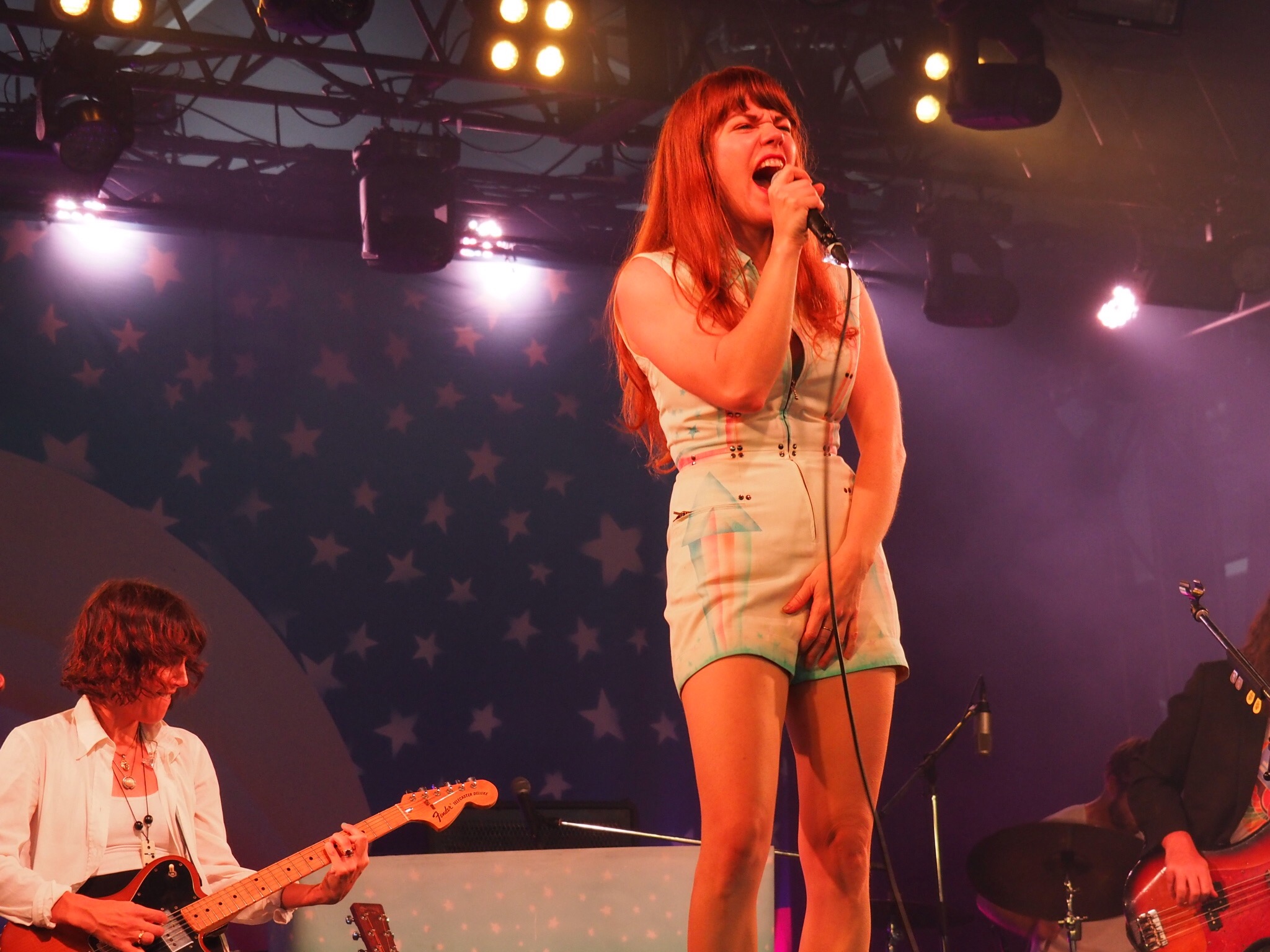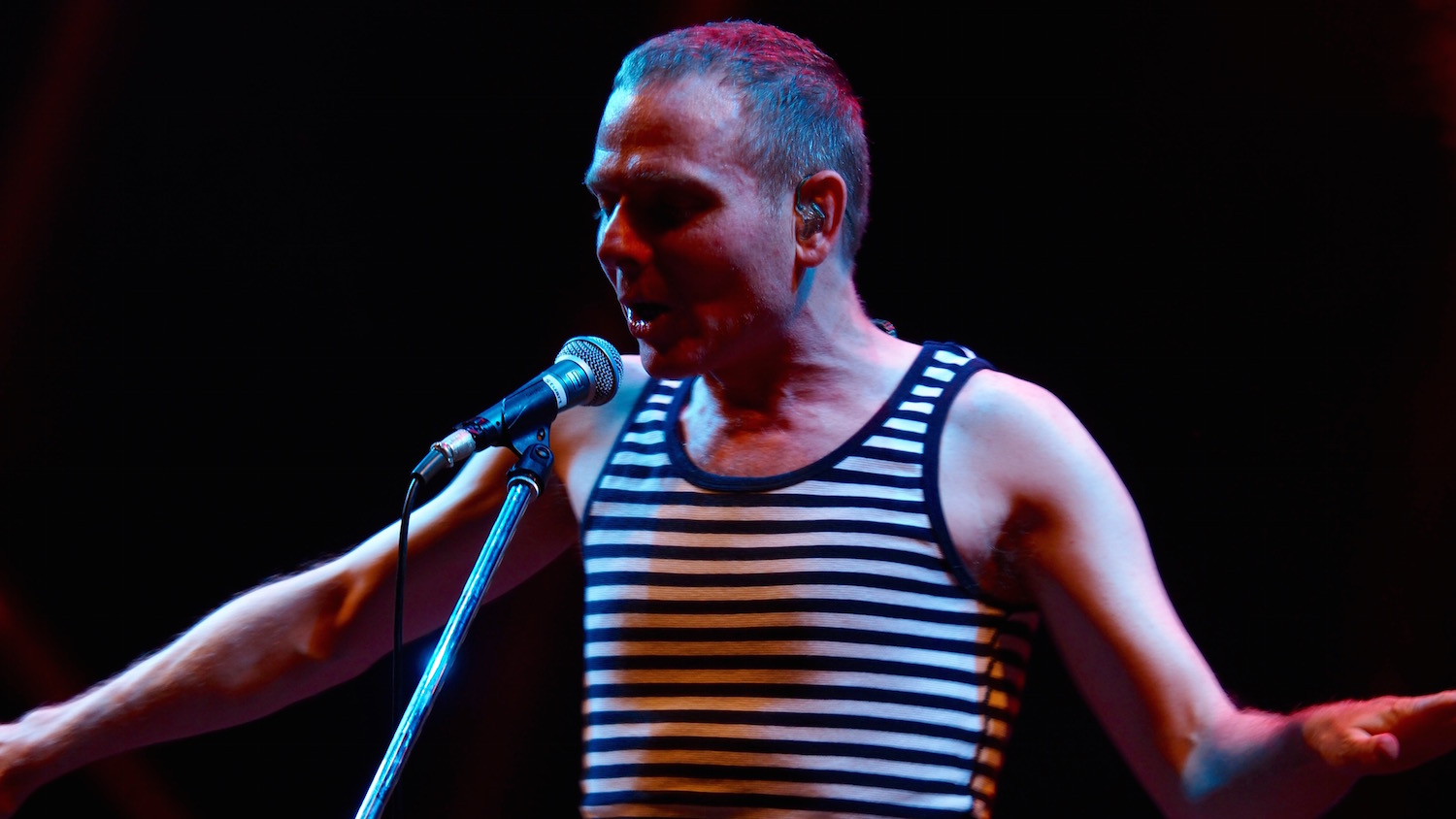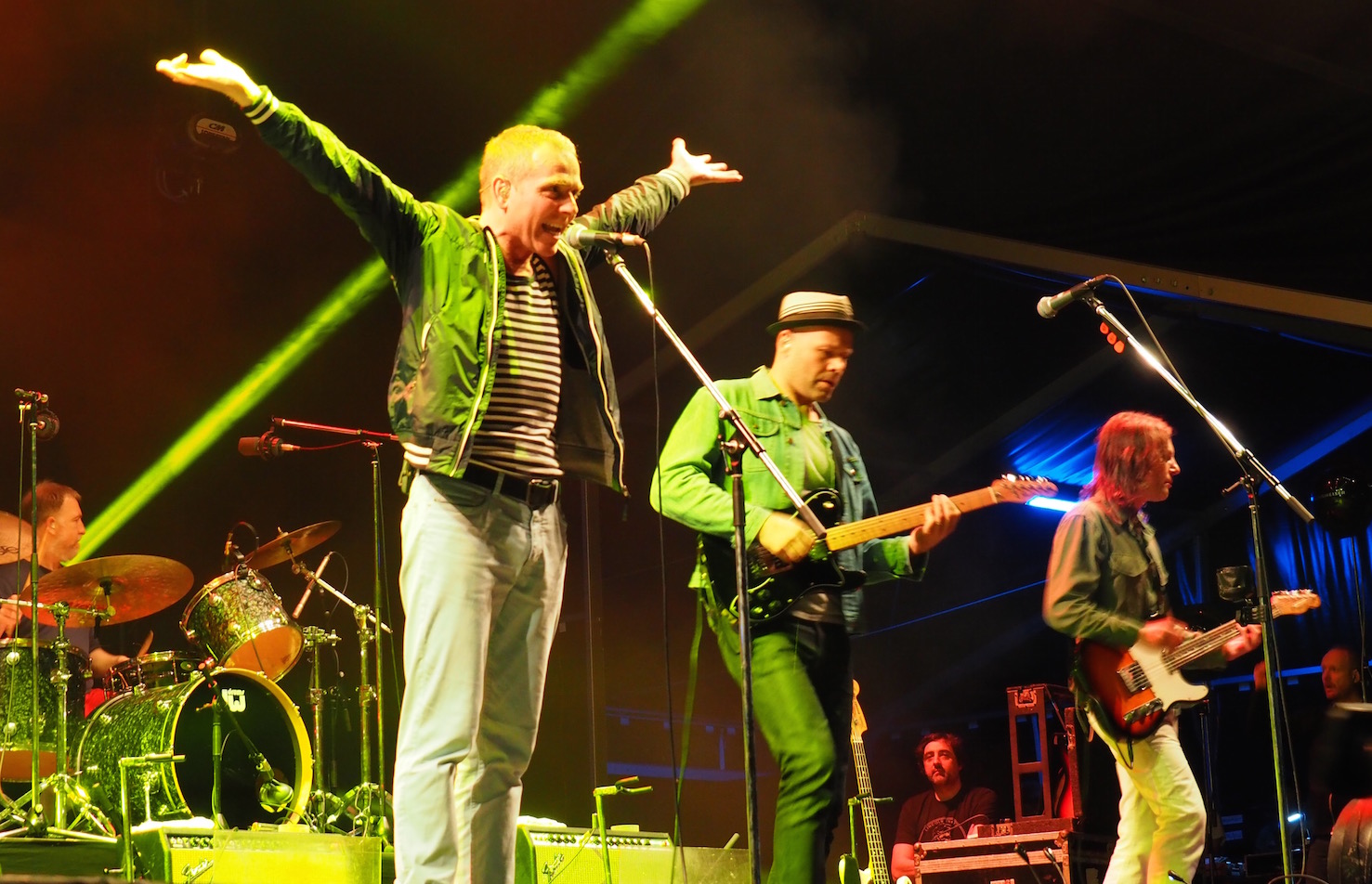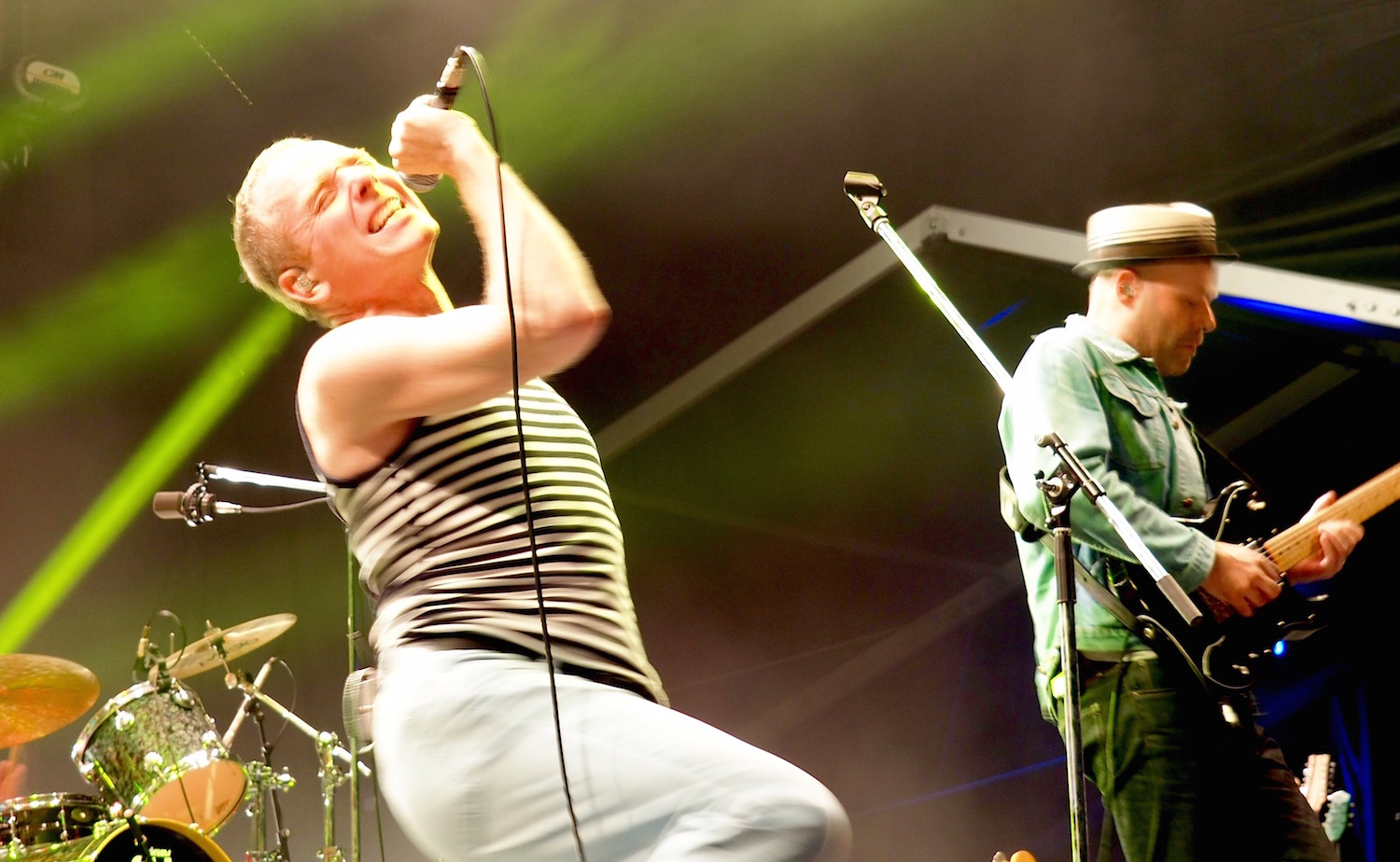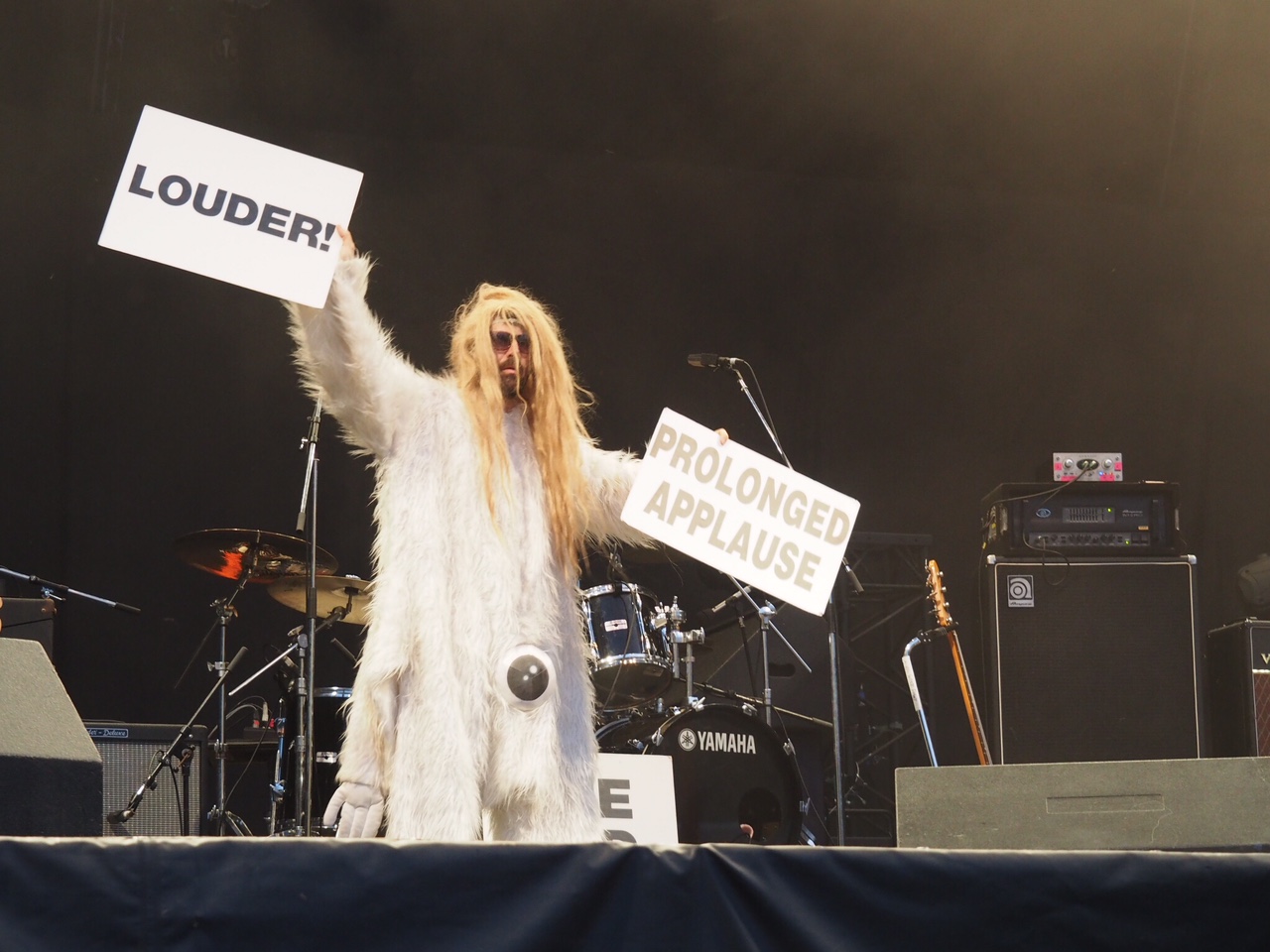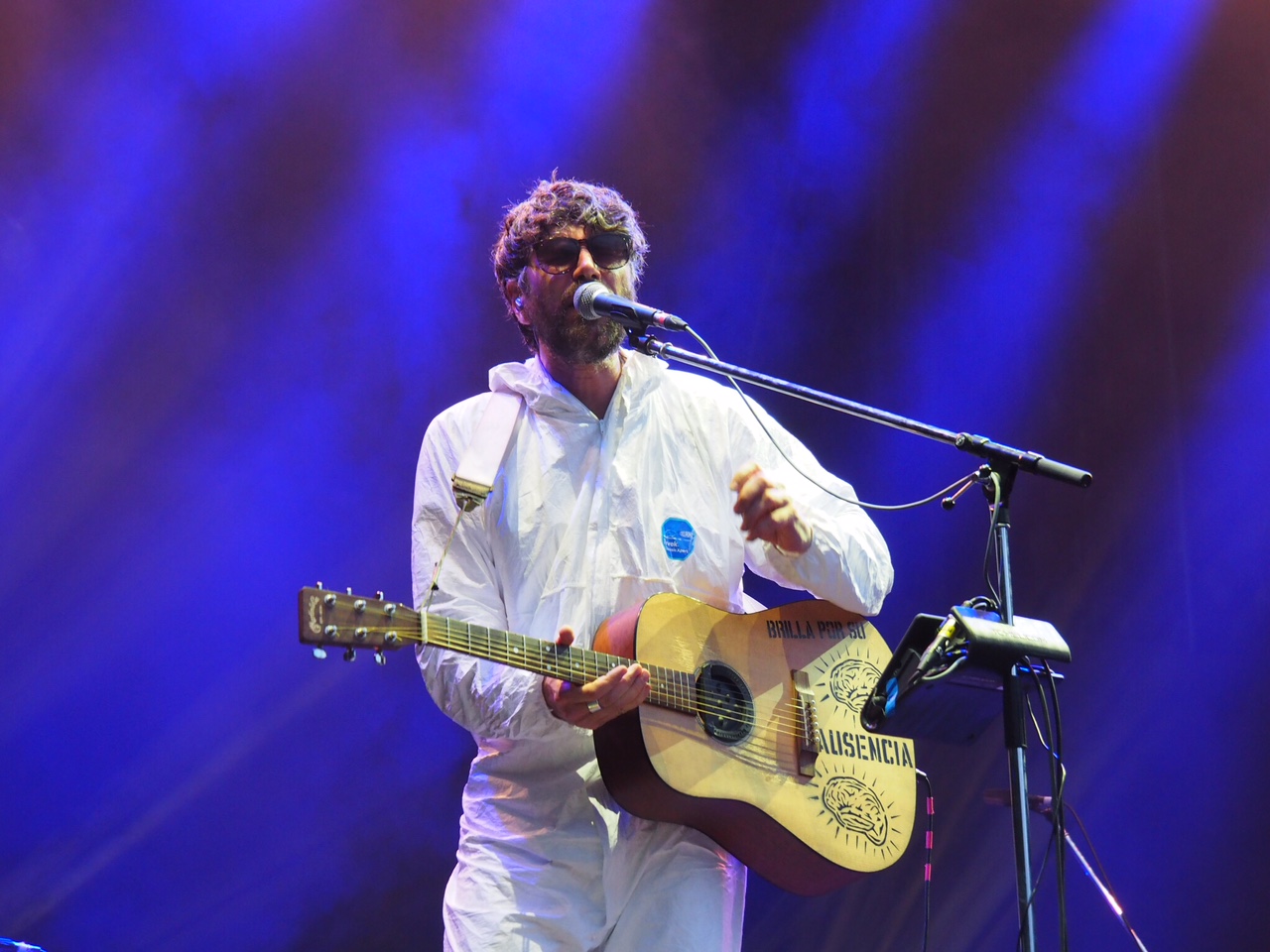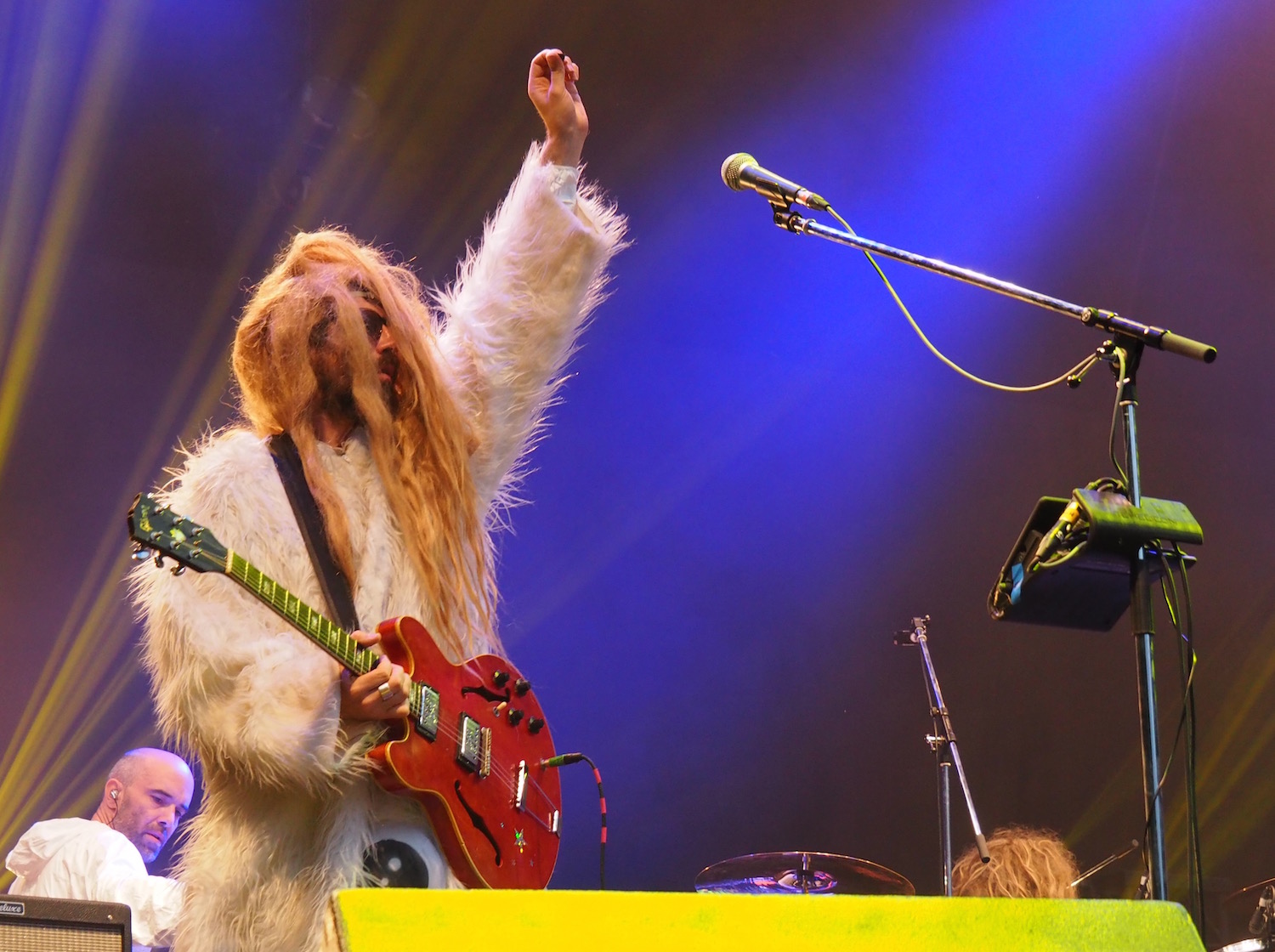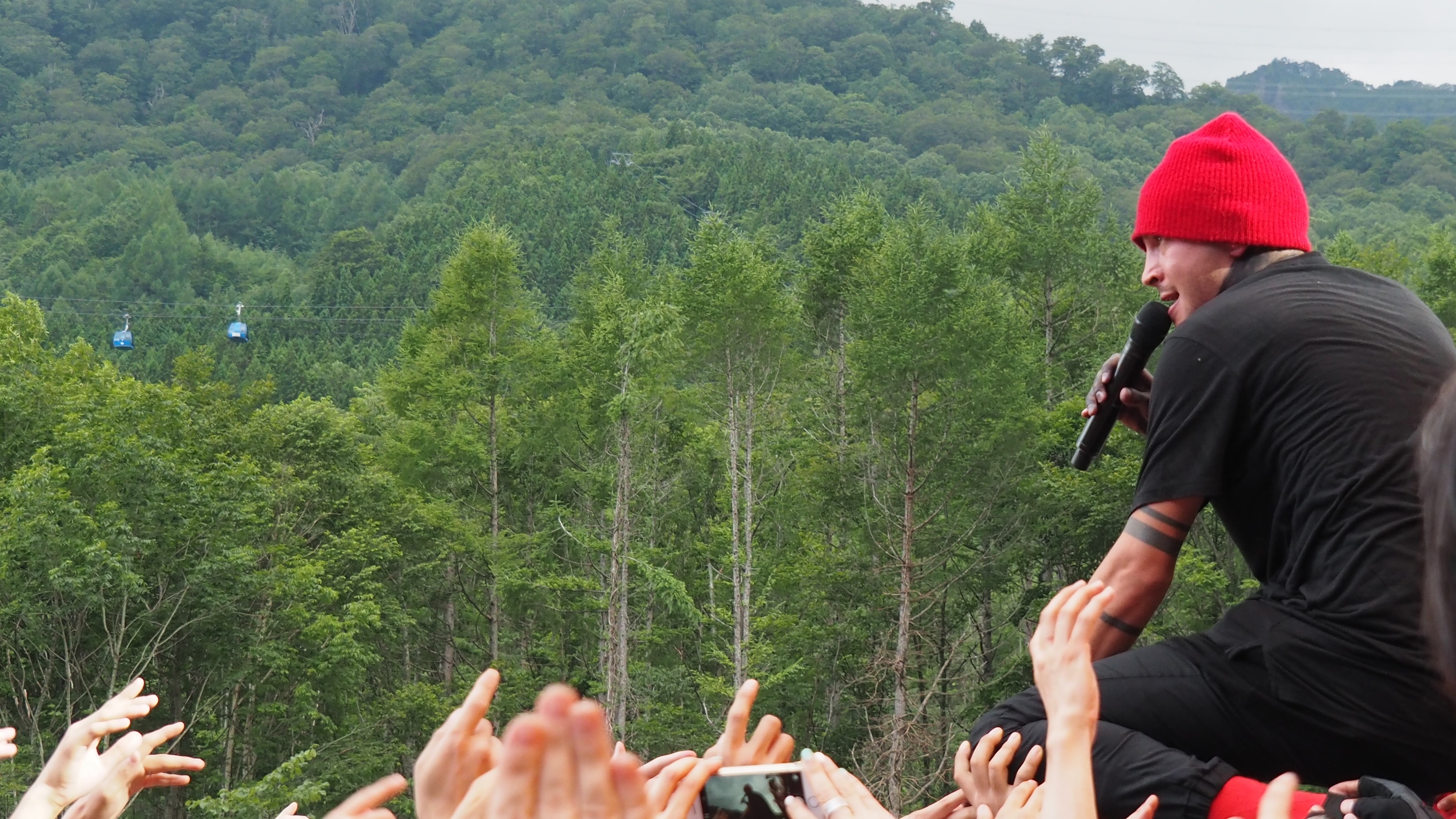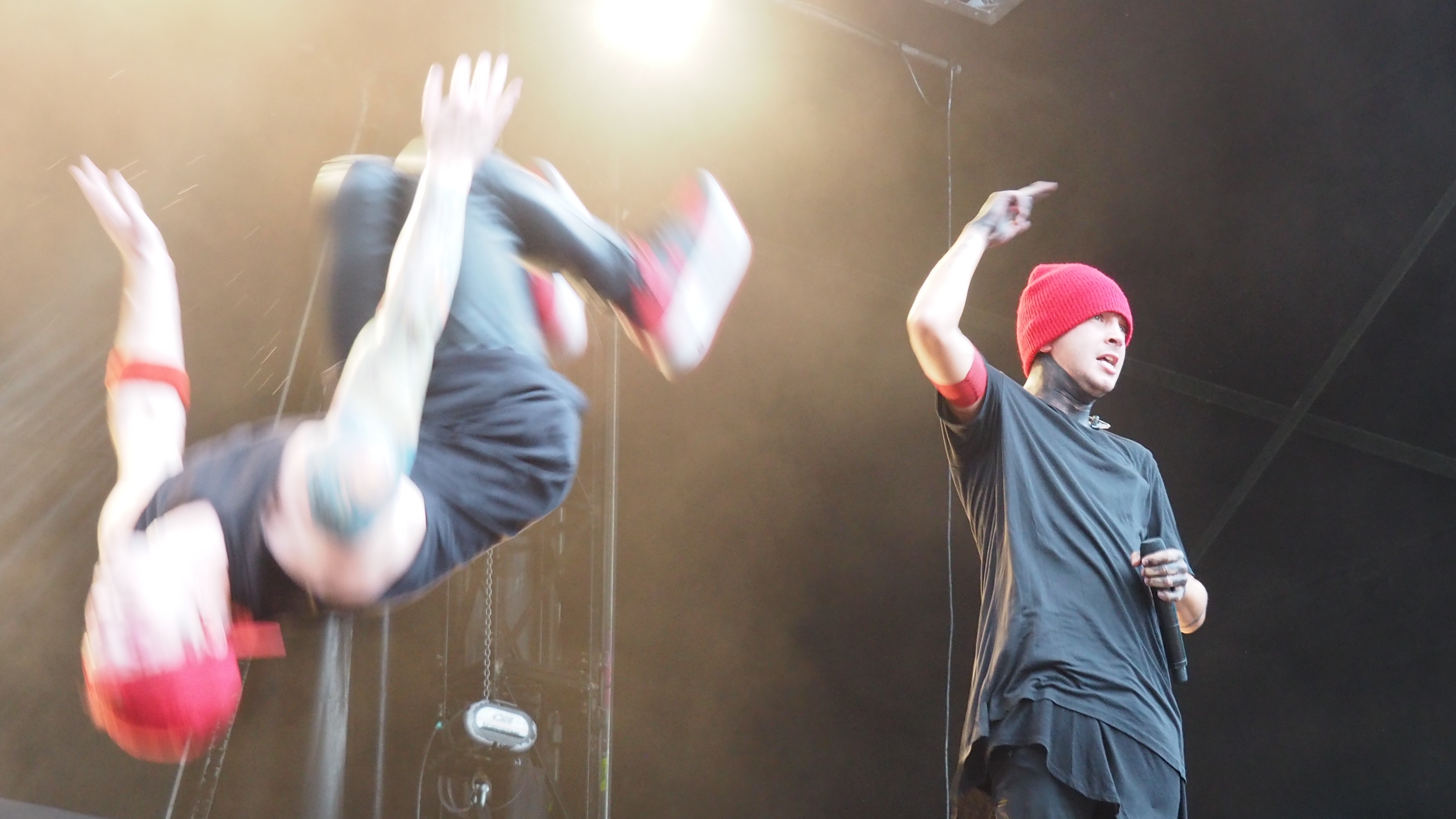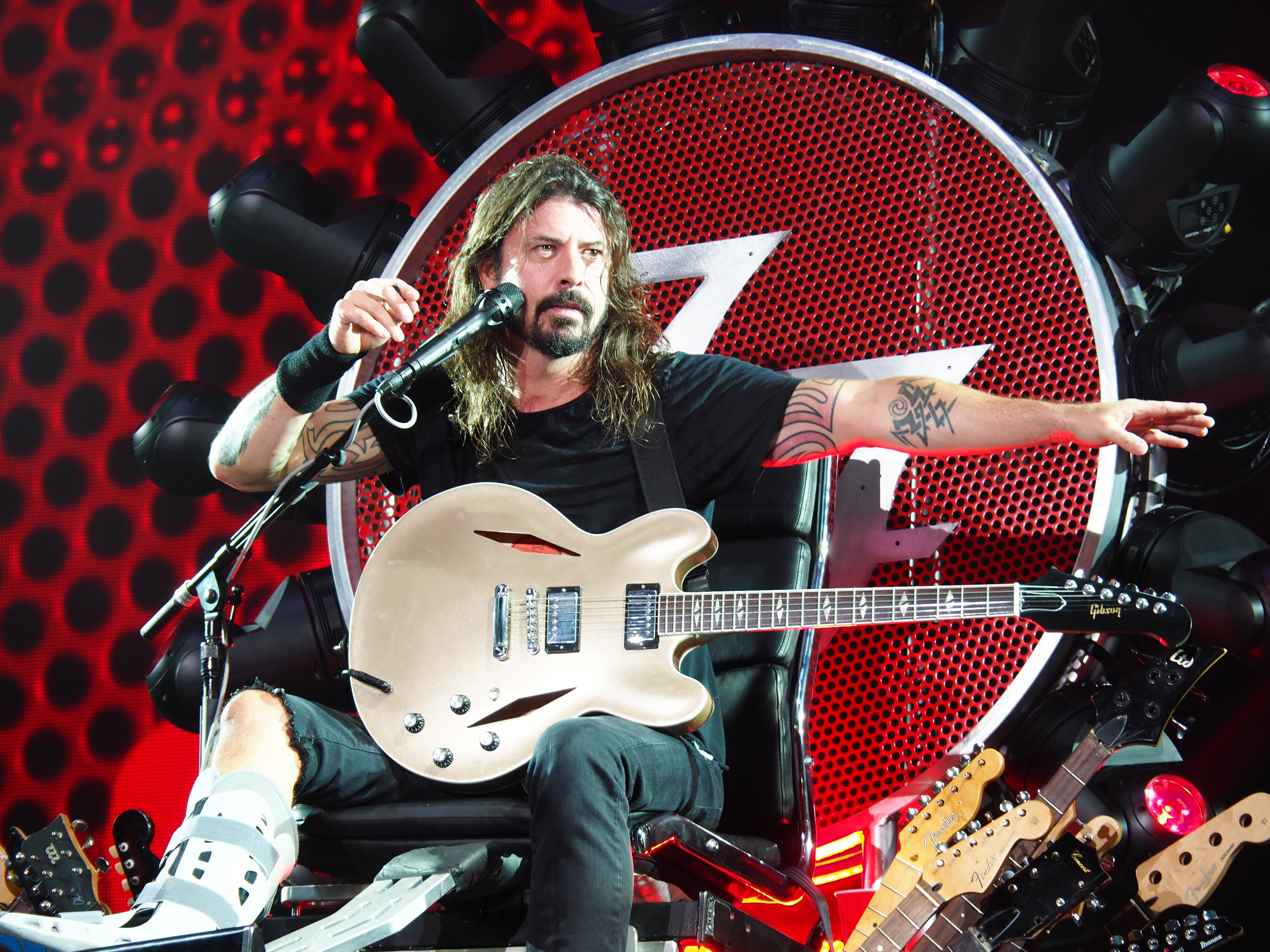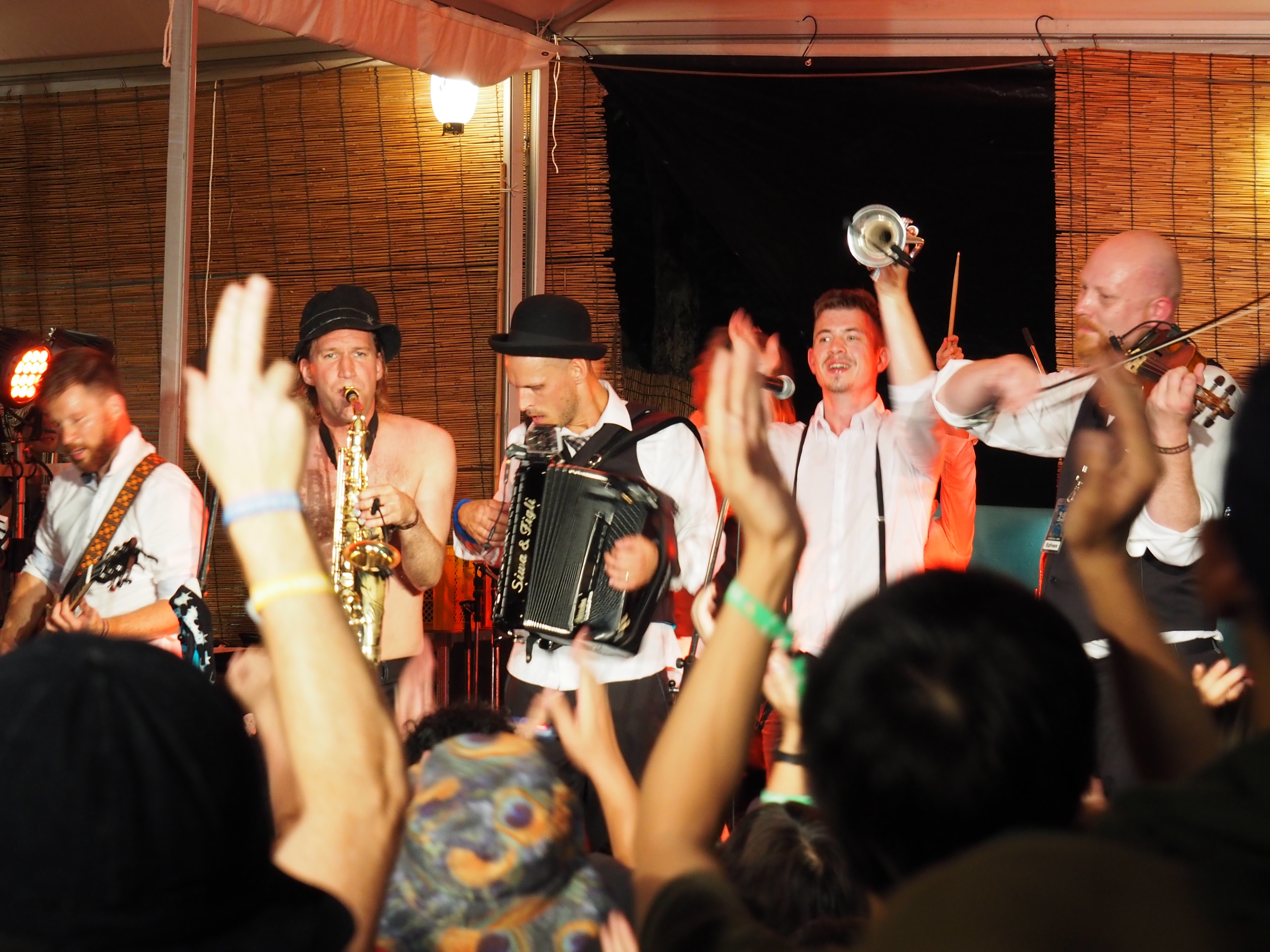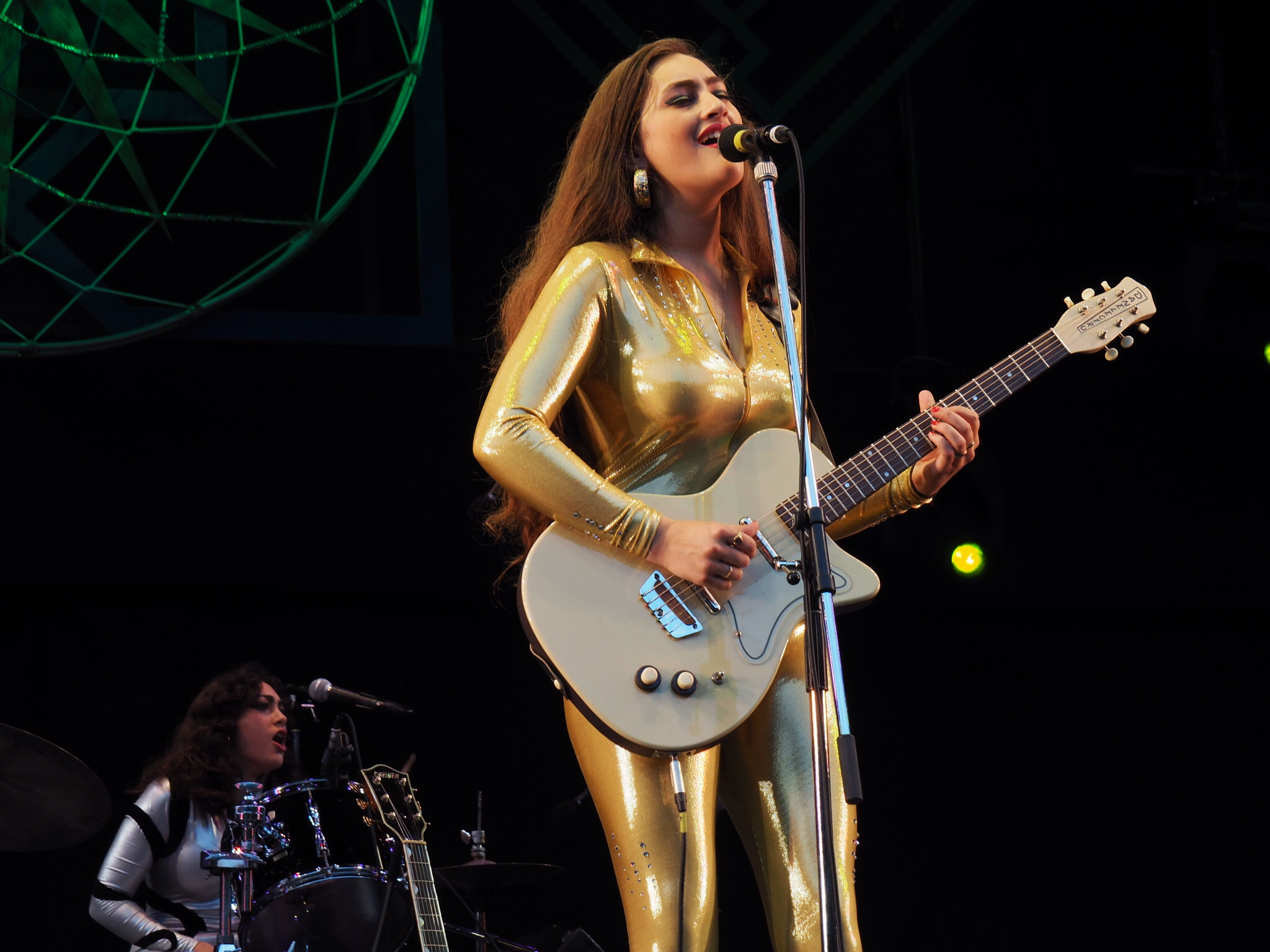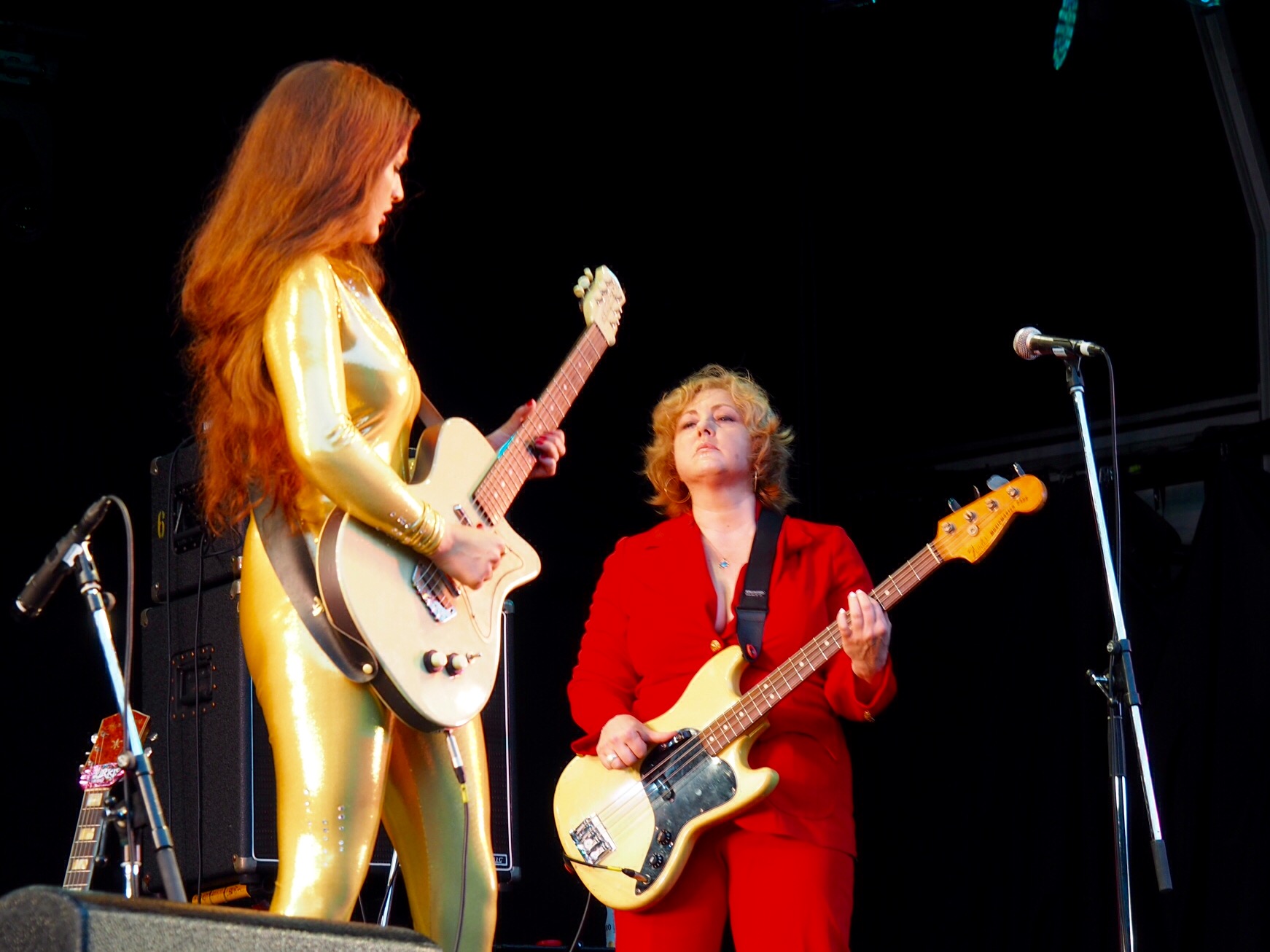Jenny Lewis: You can call me Lewis
During her late afternoon show at the Red Marquee, Jenny Lewis, late of power pop behemoth Rilo Kiley, related about her first trip to Fuji some years ago, a show we saw and loved, though it was a strange one. Lewis, a solid rock act, played as the first act of one of the late night shows, which is usually reserved for techno/dance artists or out-of-there indie acts. What happened is that Clap Your Hands Say Yeah was supposed to play but cancelled and Lewis was hire to fill in. As we remember only a handful of people showed up, but she delivered fully.
There was a much larger crowd for this, her first legitimate Fuji show, thought it wasn’t what you would call a sellout. She related the earlier story, misremembering the band’s name as Clap Your Hands Say Hi, but the crowd hardly cared.
Jenny (“you can call me Lewis”) plays an earthy form of Americana that connects directly on an emotional level, and the audience succumbed to her obvious charms. Whether she was playing country or soul or pure power pop–she did a killer version of Rilo KIley’s “Bad News” — she made good on her reputation as a soulful singer and a forceful personality.
Her band was aces, especially in the vocal department.
She finished the show not with a bang but with a whimper and received the kind of ovation usually reserved for guitar freakouts. Playing “Acid Tongue” on acoustic guitar with all her bandmates only adding choir like choral backup, she floored the audience. It take a big person to pull off a ballad as a finale.

